Cheap food trailers are the entry-level champions of the mobile food industry, offering cost-effective solutions for aspiring chefs, side hustlers, or small businesses. Unlike high-end gourmet trucks, these trailers prioritize affordability without sacrificing functionality, making them ideal for selling classic street food staples like hot dogs, tacos, or fried snacks. With their compact size, simple design, and low maintenance costs, cheap food trailers provide a low-risk path to launching a food venture, whether permanently parked or on the move.

Key Features
1.Budget-Friendly Design
- Pre-Fabricated or Used Units: Opt for refurbished trailers or factory-built models to cut costs.
- Basic Aesthetics: Simple signage, manual menu boards, and minimal exterior branding.
- Lightweight Materials: Aluminum or steel frames with durable, easy-to-clean surfaces.
2.Simplified Operations
- Limited Menu: Focus on 1–3 core items (e.g., burgers, fries, or shaved ice) to reduce equipment needs.
- Manual Prep: Fewer automated machines mean lower upfront costs and simpler training.
- Portable Power: Small generators or battery-powered appliances for off-grid setups.
3.Ease of Use
- Quick Setup: Trailers can be towed by standard vehicles and deployed in minutes.
- Low Maintenance: Fewer moving parts reduce repair and upkeep expenses.
- Scalable: Upgrade equipment or expand menus as profits grow.
4.Community Appeal
- Local Flavors: Serve nostalgic comfort food (e.g., corn dogs, soft pretzels) to attract nostalgia-seeking crowds.
- Flexible Hours: Operate during peak times (e.g., weekends, lunch rushes) to maximize revenue.
- Low Overhead: Avoid rent for brick-and-mortar spaces, keeping costs lean.
Interior Equipment
1.Cooking Stations
- Single-Burner Grills: For burgers, hot dogs, or grilled sandwiches.
- Compact Fryers: Small countertop fryers for fries, chicken nuggets, or mozzarella sticks.
- Portable Griddles: To cook pancakes, eggs, or flatbreads.
2.Preparation & Storage
- Under-Counter Refrigerators: For cold storage of meats, cheeses, and drinks.
- Dry Goods Shelving: Open racks for buns, condiments, and packaging.
- Insulated Coolers: As a backup for perishables during short trips.
3.Serving & Assembly Areas
- Manual Cash Registers: Simple cash drawers or basic POS systems for transactions.
- Pre-Portioned Toppings: Ketchup packets, shredded cheese in bags, or pre-cut veggies to save time.
- Disposable Packaging: Affordable cups, napkins, and bags (recyclable options available).
4.Utility & Safety Systems
- Vent Hoods: Basic exhaust fans for grilling or frying (check local fire codes).
- Single-Sink Stations: For handwashing and basic cleaning (some jurisdictions allow this for tiny operations).
- Fire Extinguishers: Essential for safety, even in compact spaces.
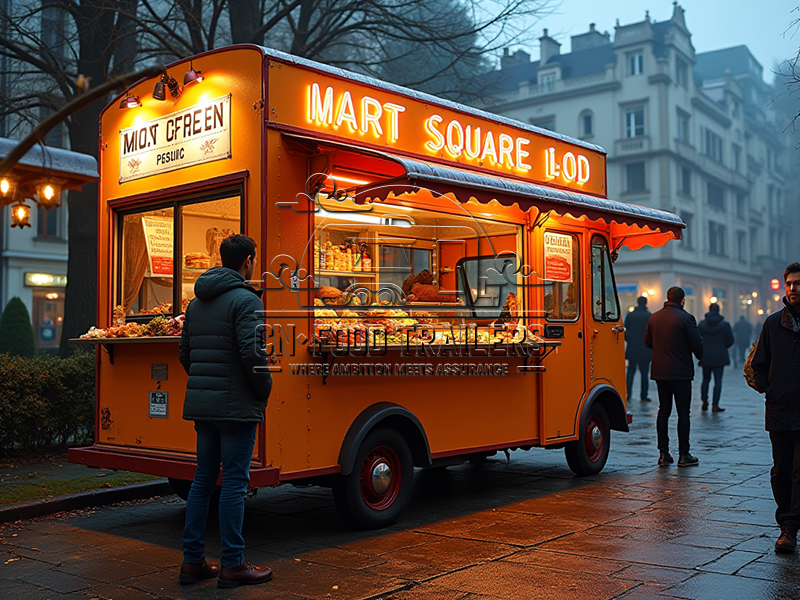
Applications
1.Fairs, Festivals & Carnivals
- Serve affordable snacks to budget-conscious crowds.
- Offer “quick bite” options for families on the go.
2.Local Events & Farmers’ Markets
- Park near community centers, parks, or weekend markets.
- Sell nostalgic comfort food to attract nostalgia-seeking customers.
3.School Zones & Lunch Breaks
- Position near high schools or colleges for student-friendly pricing.
- Offer “after-school specials” (e.g., $3 combo meals).
4.Neighborhood Parks & Rec Areas
- Serve ice cream, popsicles, or snacks during summer.
- Partner with local sports teams for post-game meals.
5.Disaster Relief & Charity Events
- Provide low-cost meals during emergencies or fundraisers.
- Partner with nonprofits for “pay-what-you-can” initiatives.
6.Permanent Parking Spots
- Rent a corner in a low-rent district for daily operations.
- Build a loyal customer base with consistent hours and pricing.

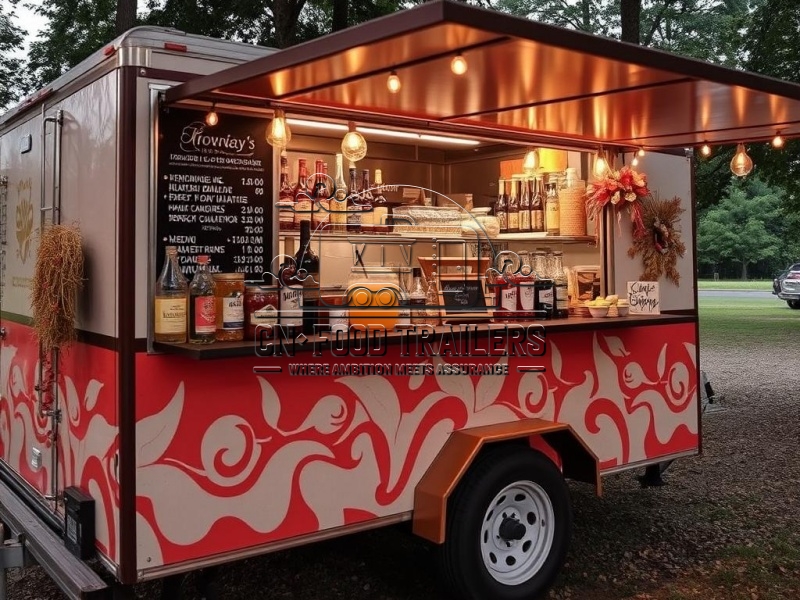
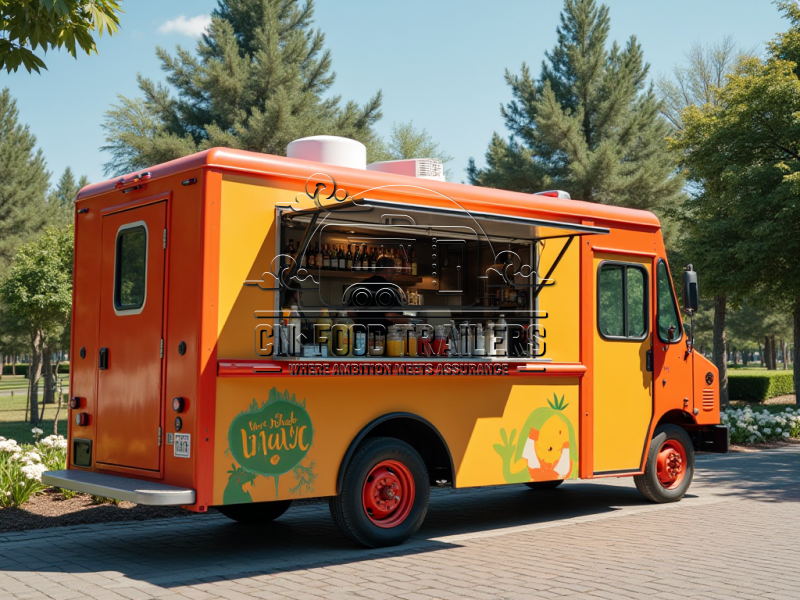

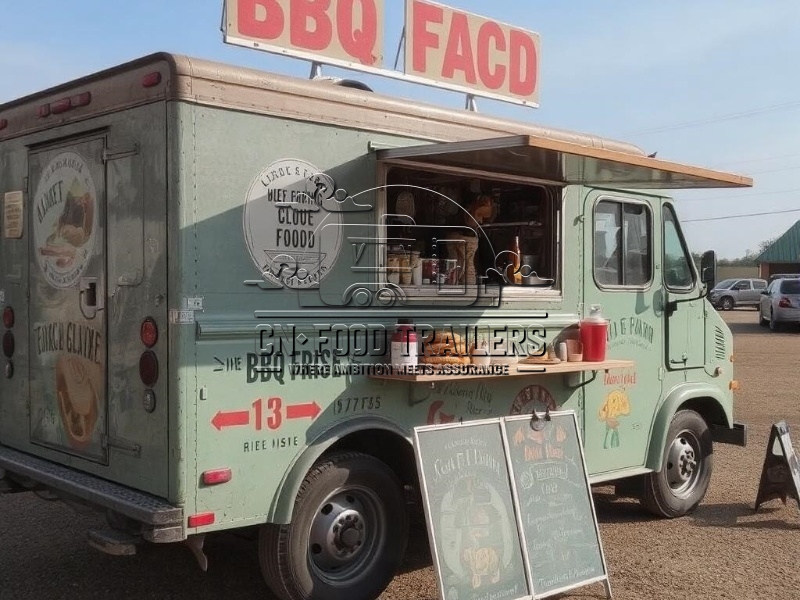
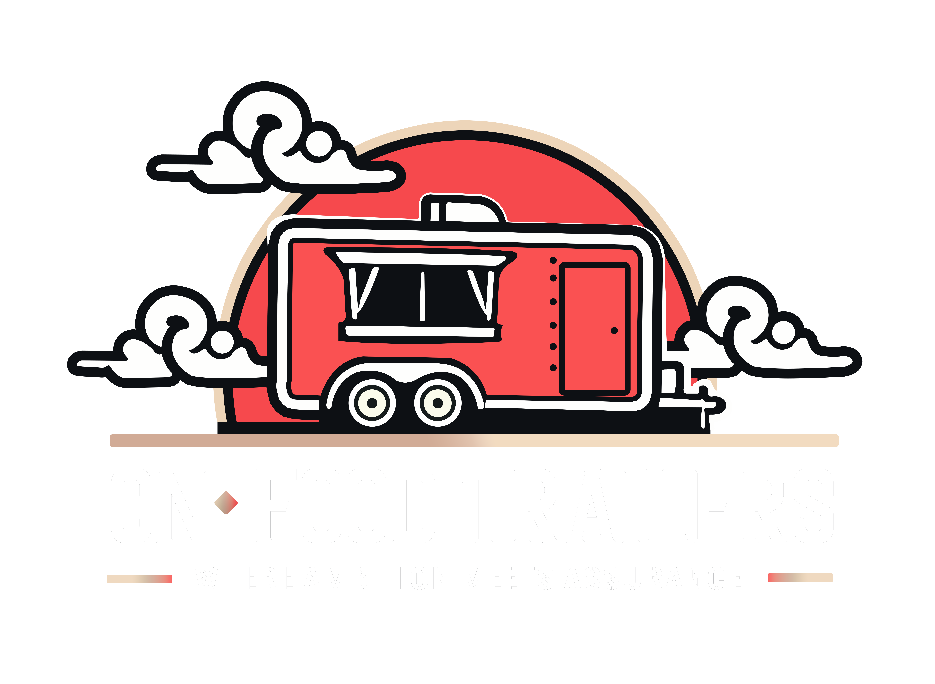
Leave A Comment